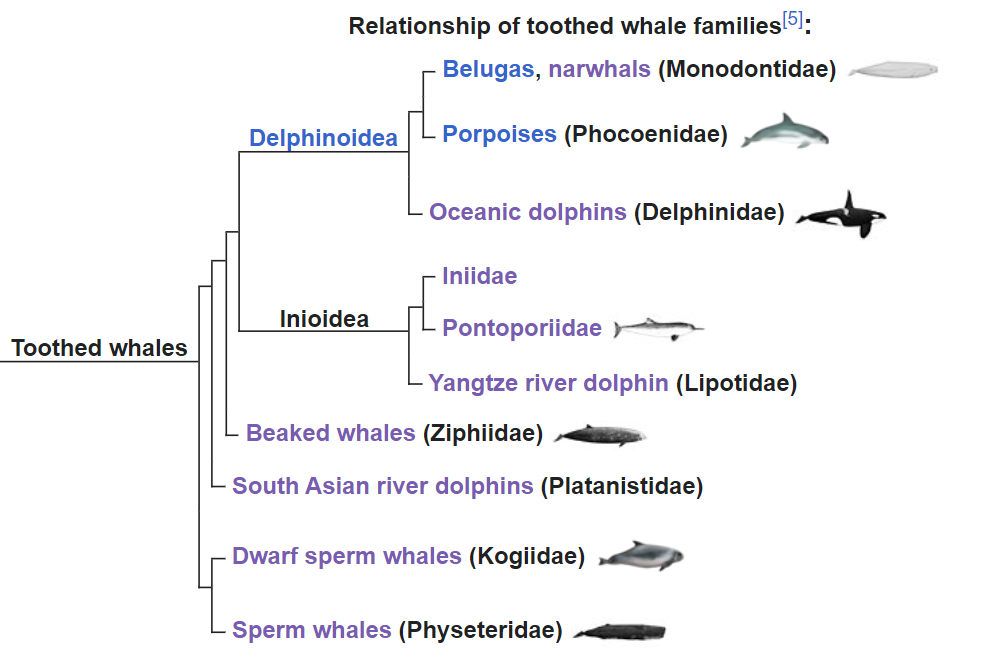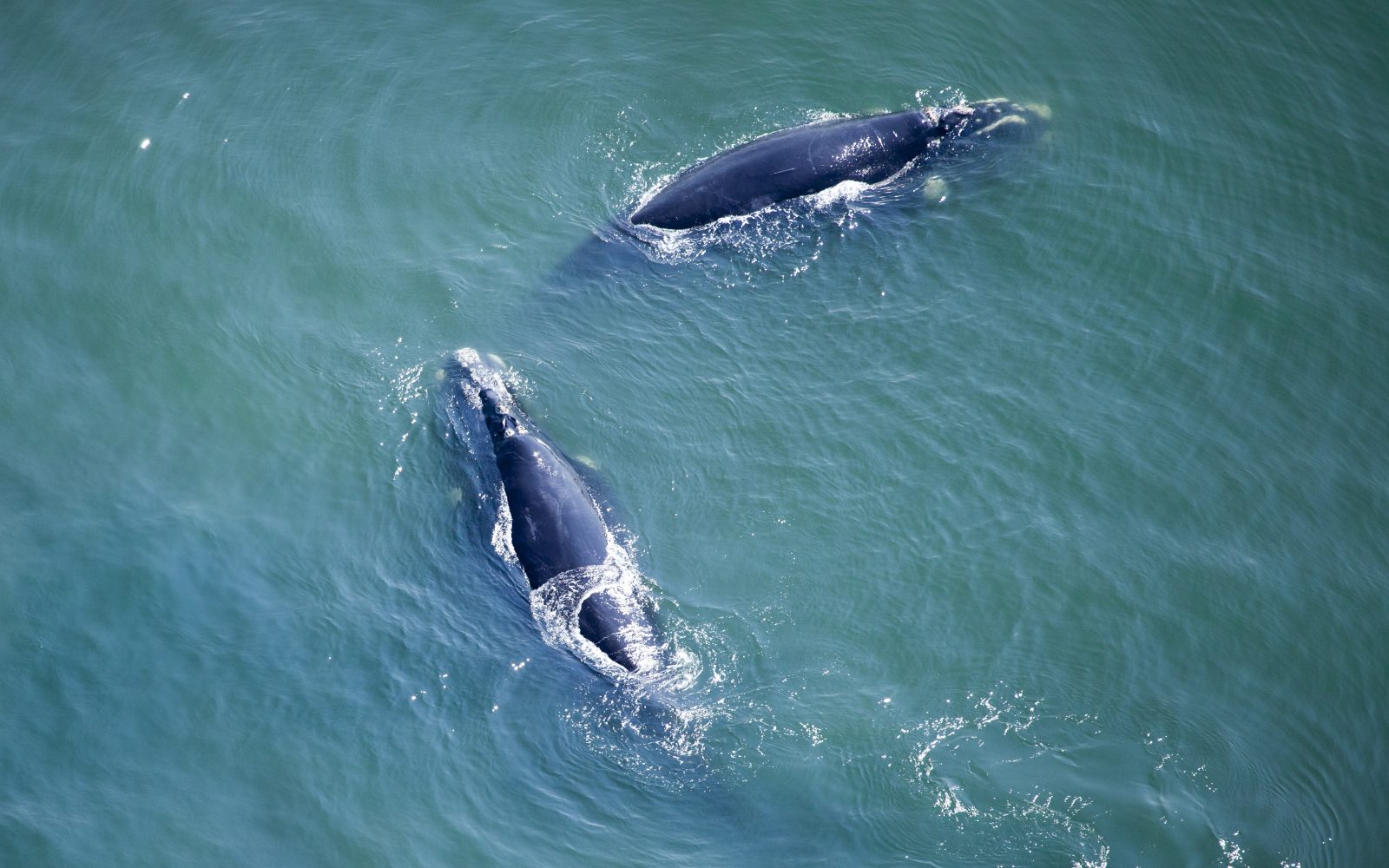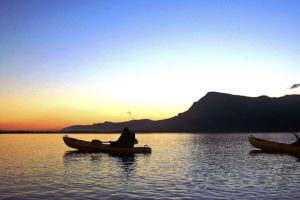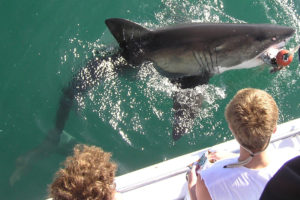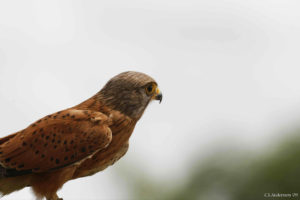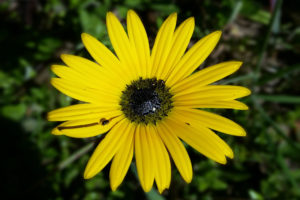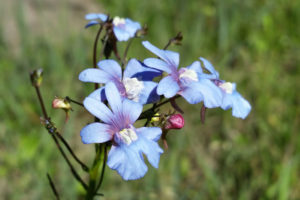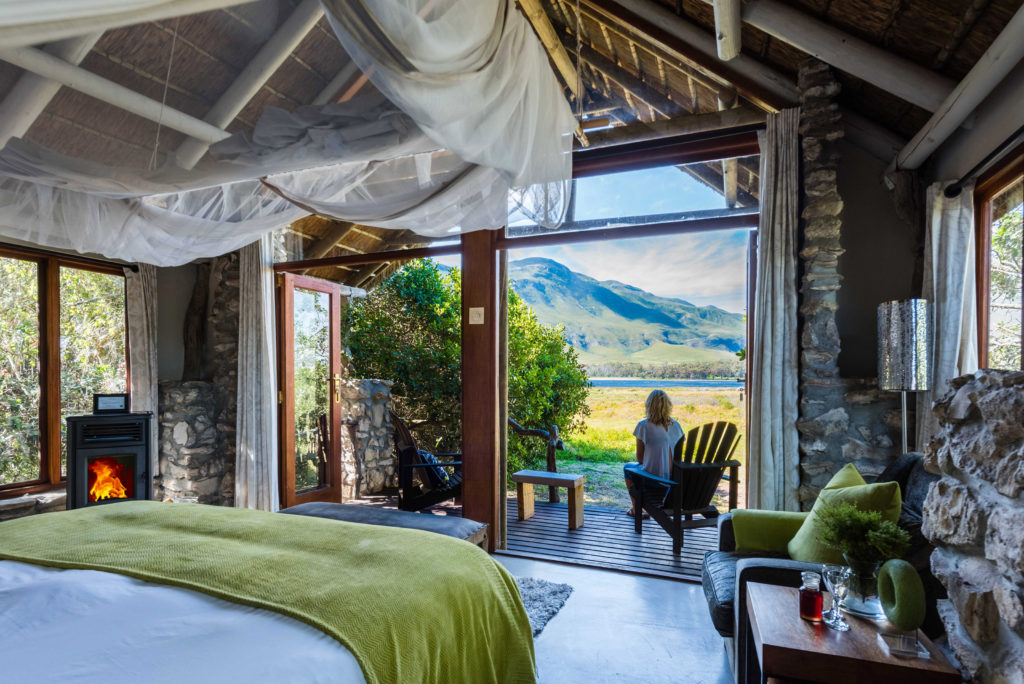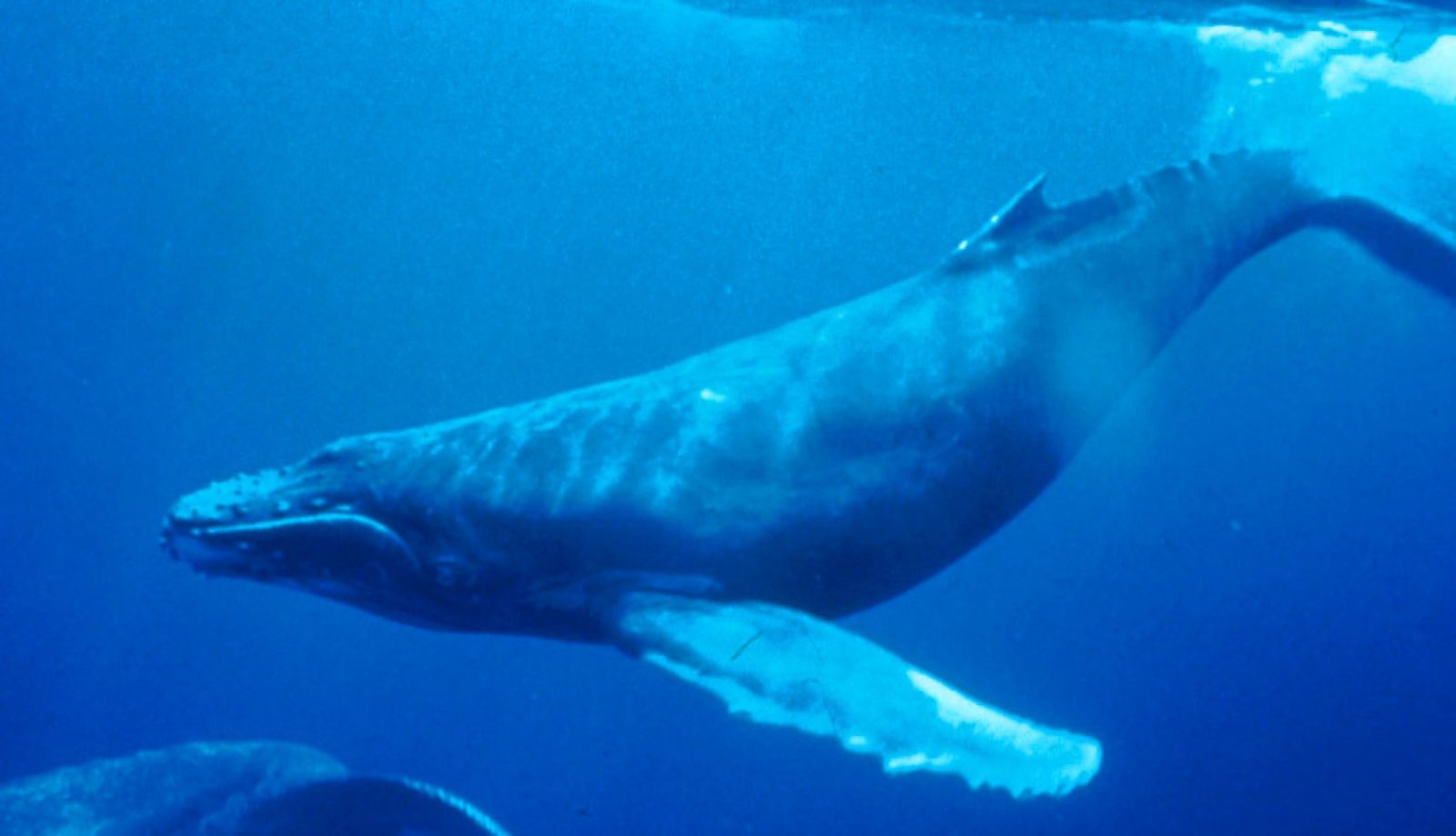
Scientists claim to have had a 20 minute conversation with a humpback whale named Twain. By playing a recorded contact call, they encouraged Twain to approach the boat and circle it, responding to the contact call in a “conversational way”. Twain repeatedly matched aspects of the recorded call, in his response.
It seems odd that this would not be a regular part of their research, but at the current time it is not, and is thought to be the first communication of this sort between humans and a humpback whale.
It is thought that this behaviour supports our current way of looking for alien life of intelligence – like the humpback whale, aliens will be inquisitive enough to come and see what the species is that is making so much noise (the project is known as WHALE SETI). The project is using sensitive equipment to record whale sounds, and then using AI to analyse it.
Some discoveries include the identification of certain repetitive pattens and variations, which suggests an intent in the communications. We have already noted high levels of intelligence in animals like whales and dolphins, quite different to intelligence in humans. Unfortunately, the whales were not the aim of the research, and while the work may well be built on, in perhaps one day understanding more of what whales say, this project was to give insight into future attempts to communicate with aliens, not a current attempt to actually communicate with whales on earth.


